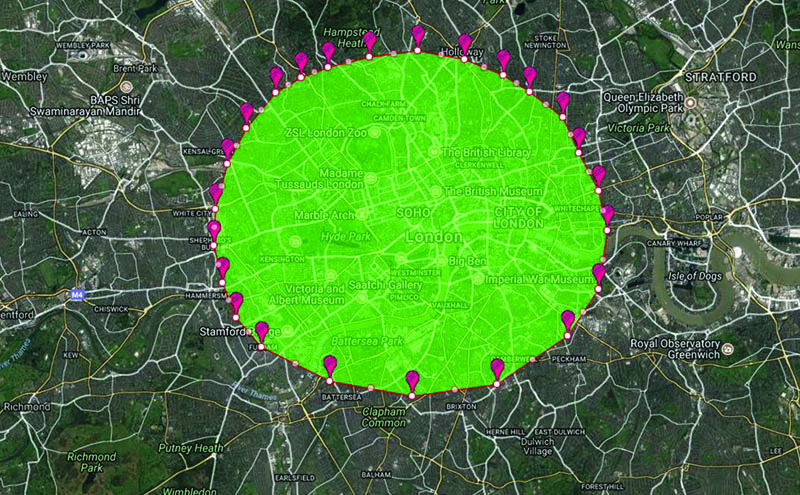Although chimneys are a major source of heat loss in properties, they are largely overlooked by the insulation industry. Lancaster University has recently assisted Cumbria Eco-firm Chimney Sheep in calculating the carbon savings so far realised by its eponymous energy-saving chimney draught excluder.
Made of felted sheep wool, the Chimney Sheep® “fits snugly into the chimney throat just above the fireplace and prevents warm air from escaping up the chimney when the fire isn’t lit.” It also prevents cold air from sinking down. The firm recently celebrated five years in business, and says sales have grown steadily year on year. Product tests conducted by BSRIA demonstrated that it saves around 260kg of CO² per chimney per year.
A footnote to energy savings
With an expenditure of around £25, a Chimney Sheep will save around £50 a year off the heating bill, says the firm. As owner and inventor Sally Phillips observes, however, the main incentive for purchasing the product is increased comfort in the home. “Customers report having warm feet at last! We don’t necessarily notice the warm air escaping up the chimney, but that warm air needs to be replaced and pulls in cold air from around doors and windows, and even right through walls. Somehow it’s the cold draughts at ankle level that are the hardest to banish – until people block the chimney, and that’s when they really notice an increase in the comfort of their homes.” While customers are not always motivated to reduce energy in the home, the incentive to improve their comfort has the consequence of reducing their carbon footprint.

Carbon savings
As part of Lancaster University’s ongoing work with local businesses, the Centre for Global Eco-Innovation team calculated the cumulative carbon savings of Chimney Sheep sold over the years. Sales have topped 40,000 but some sheep have been working for 5 years while others have only been in situ for a matter of months. The results show that not only does fitting a Chimney Sheep make the home more comfortable, they are making considerable carbon and financial savings. In five years’ sales from September 2012 to September 2017, Chimney Sheep has helped customers to save 19,856 tonnes of CO² and has saved households across the UK £2,895,793. This total carbon saving is the equivalent to the CO2 sequestered by 23,388 acres of forest in a year. With nearly 11 million chimneys across the UK the potential carbon savings from blocking the chimney are significant, and could make a real impact on carbon savings nationally.
Lancaster University’s Centre for Global Eco-Innovation is a partner in the Eco-Innovation Cumbria project along with the University of Cumbria and the University of Central Lancashire. This project is part funded by the European Regional Development Fund.








